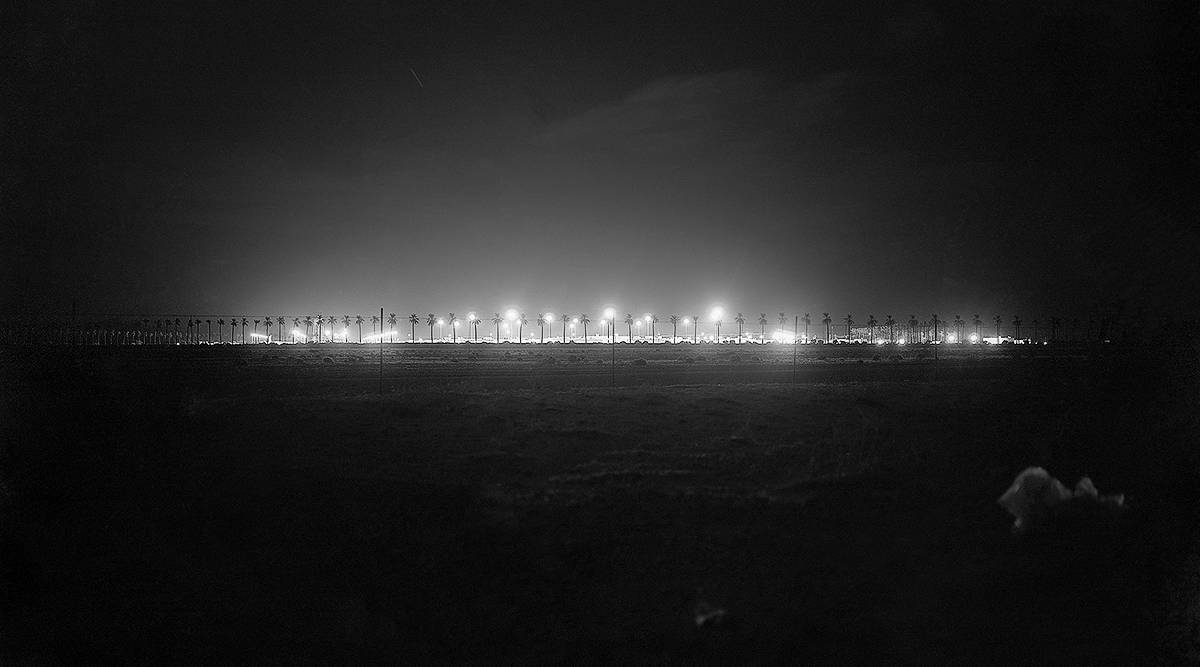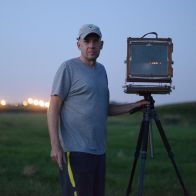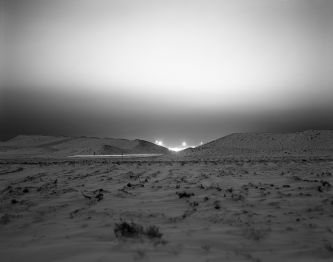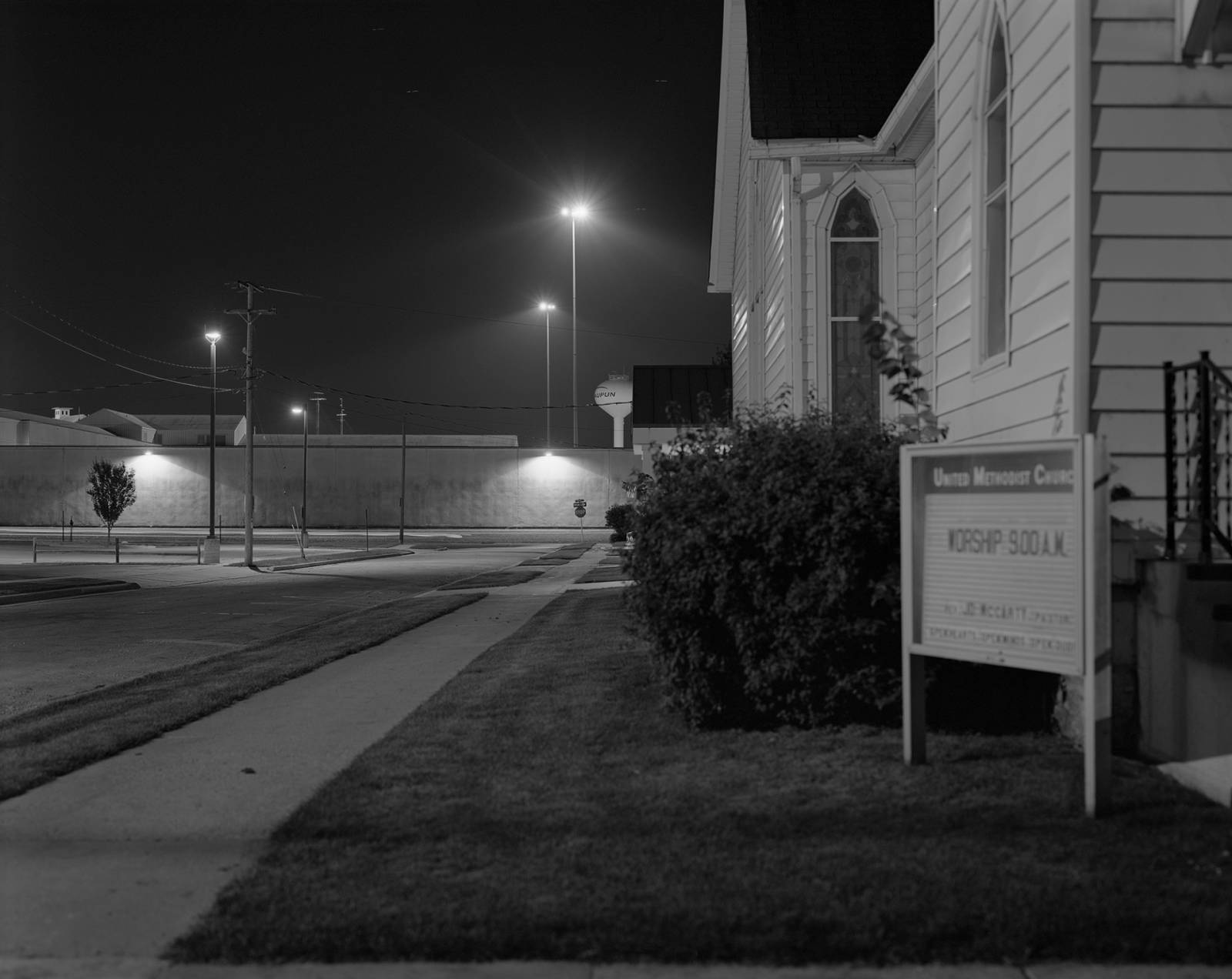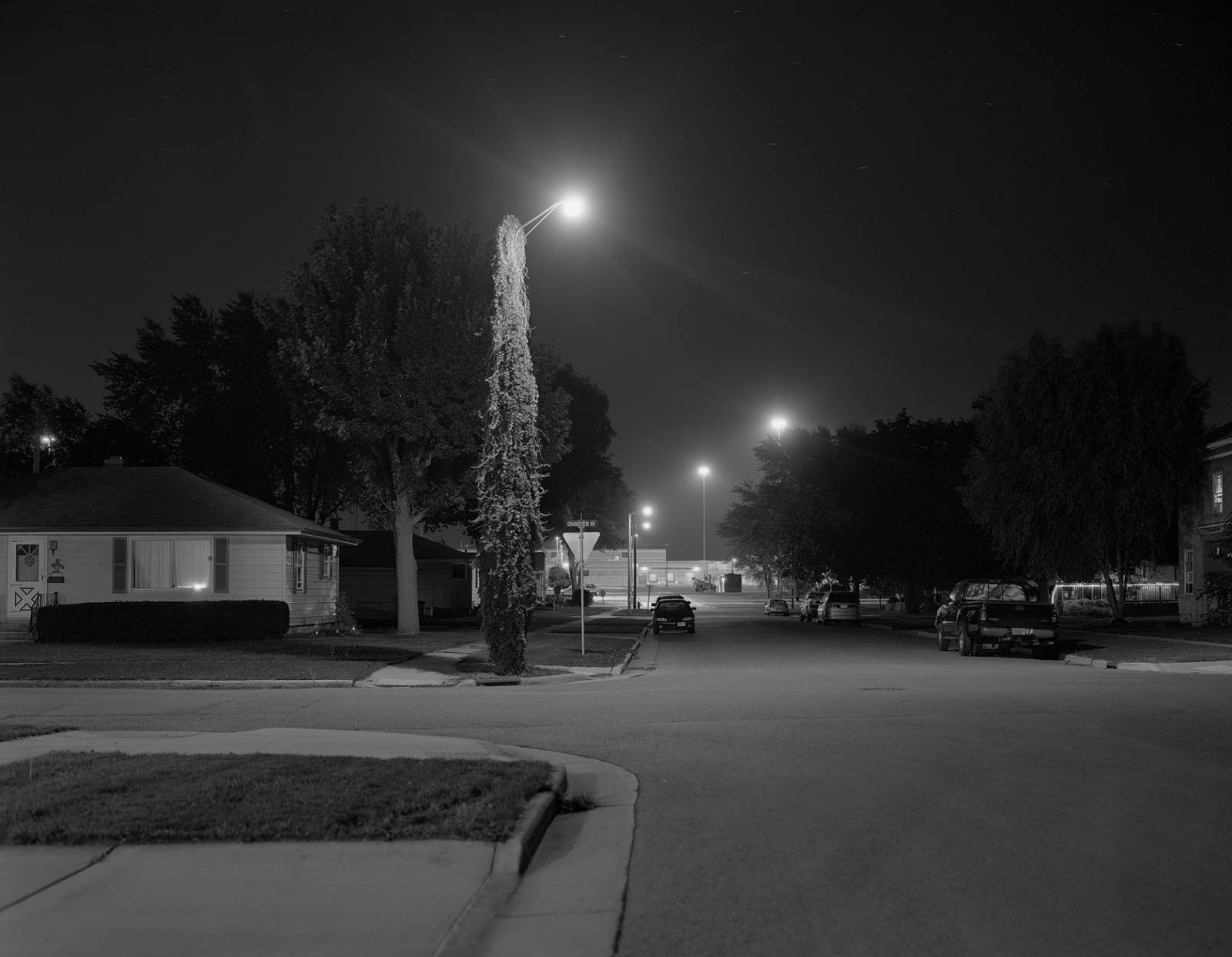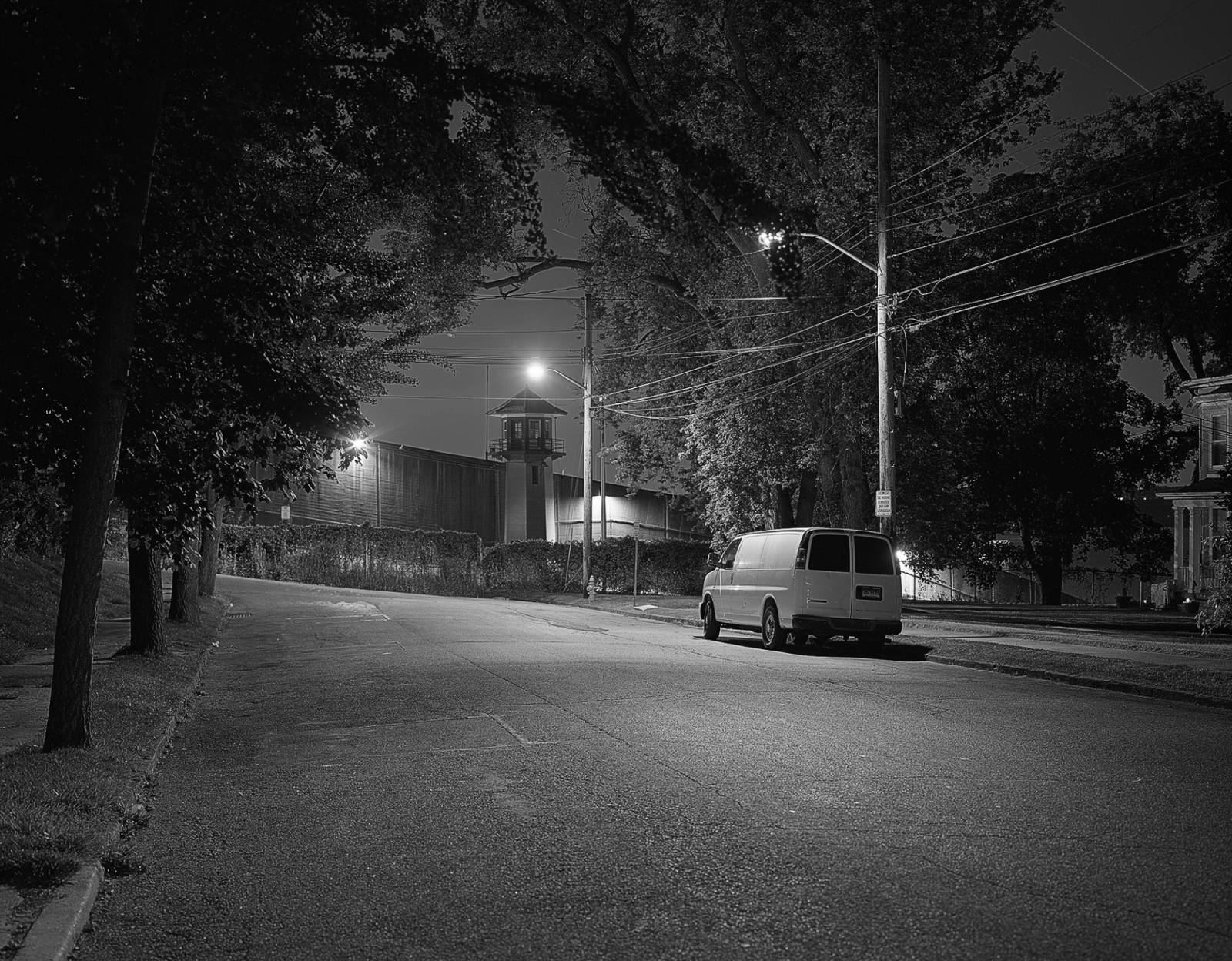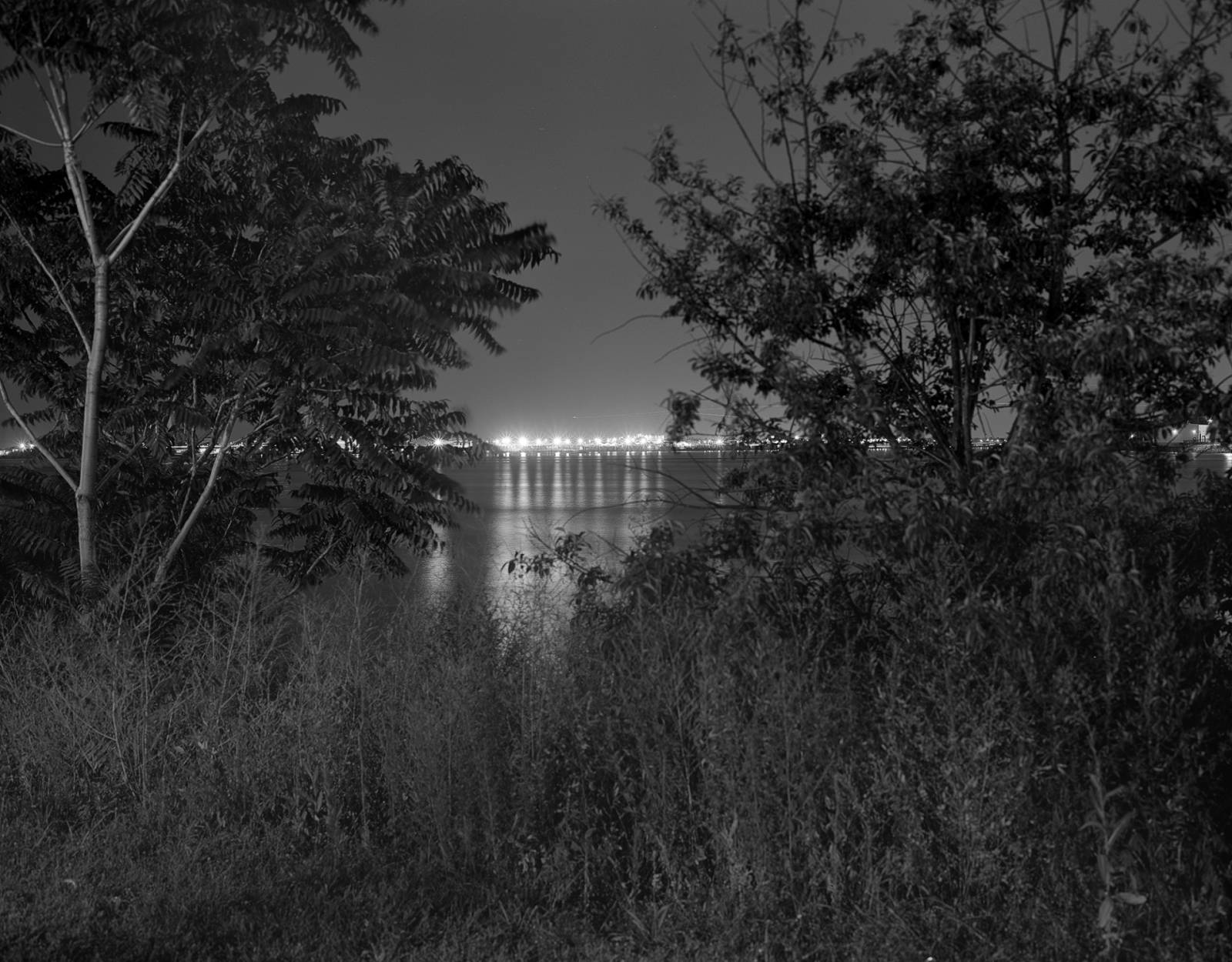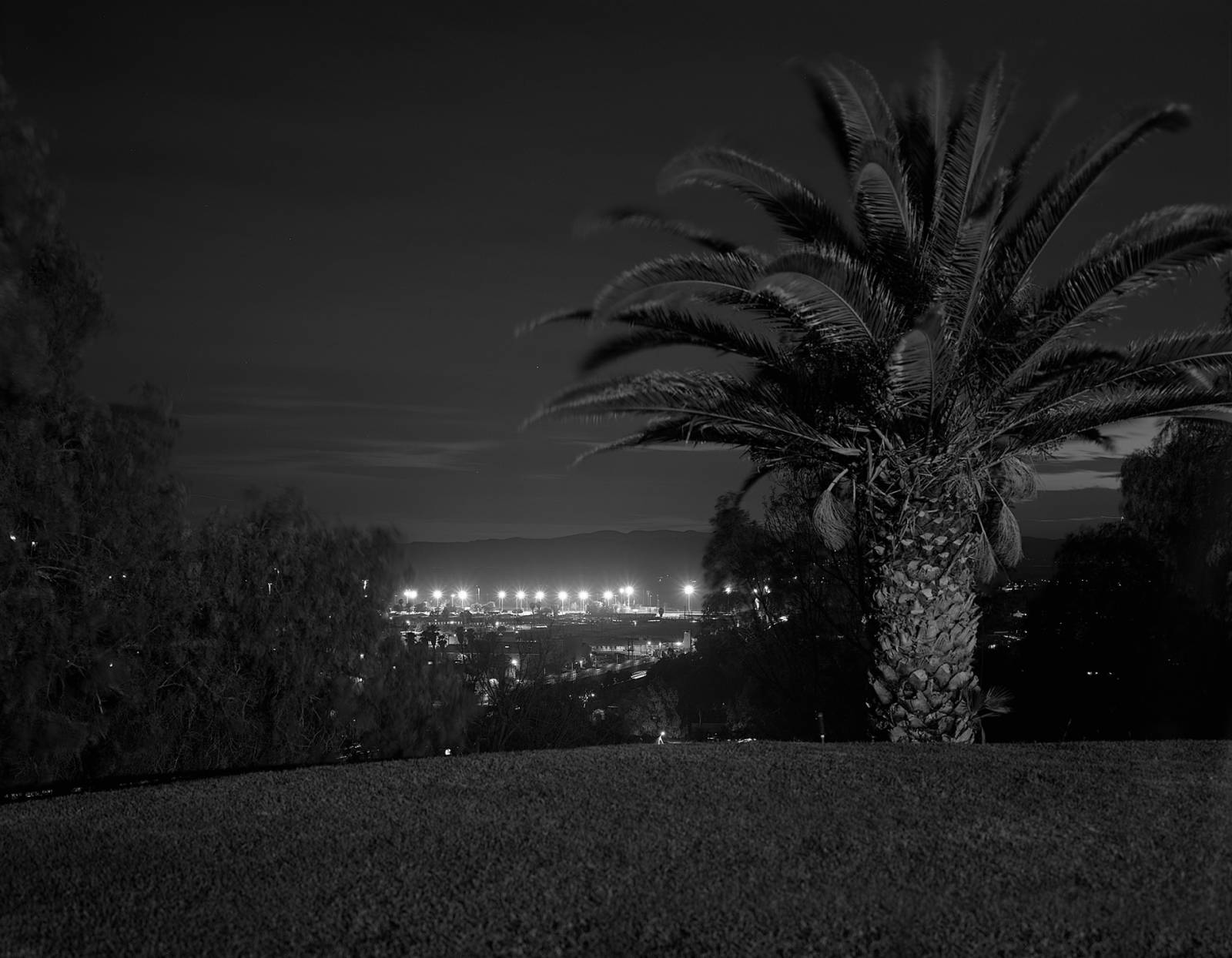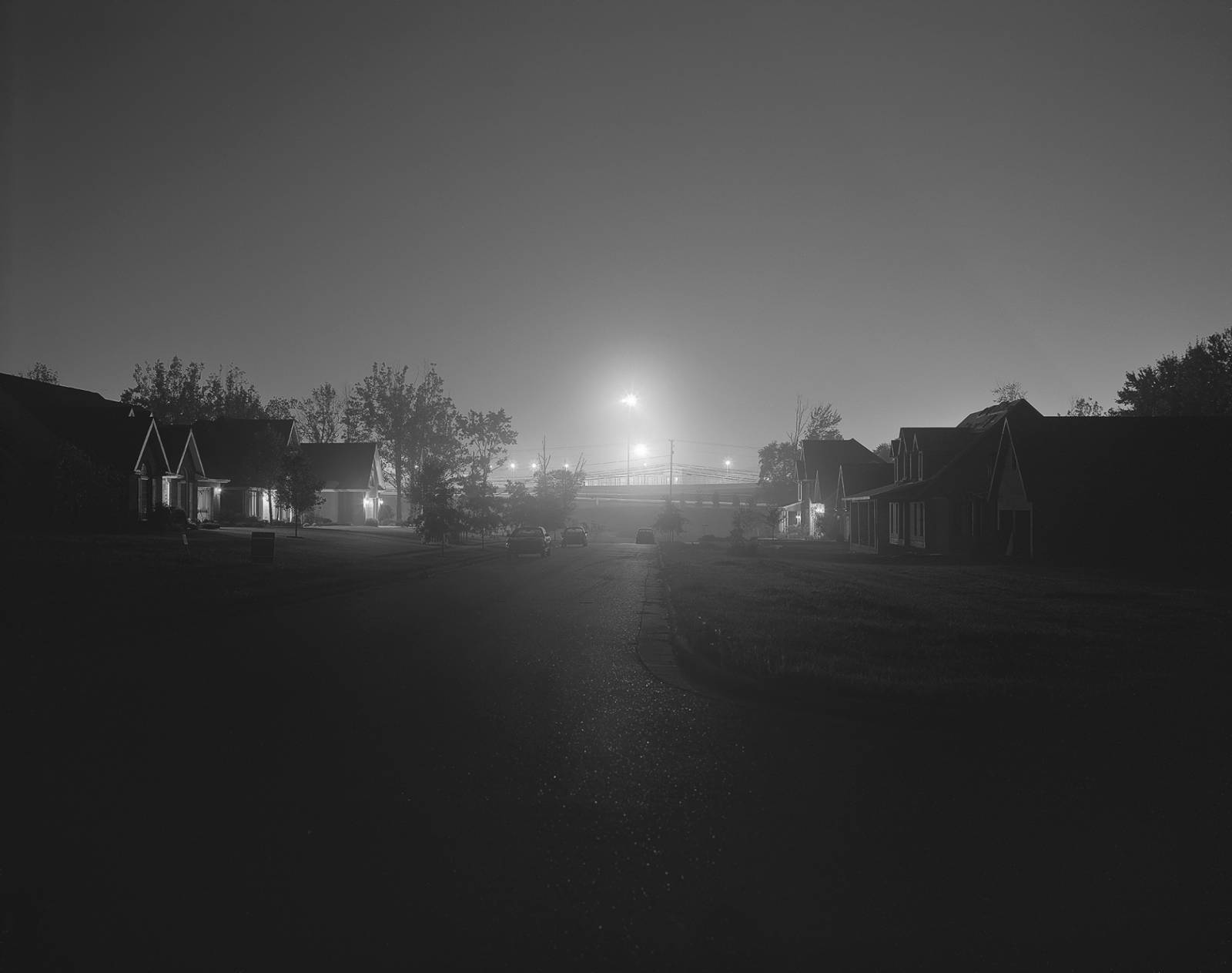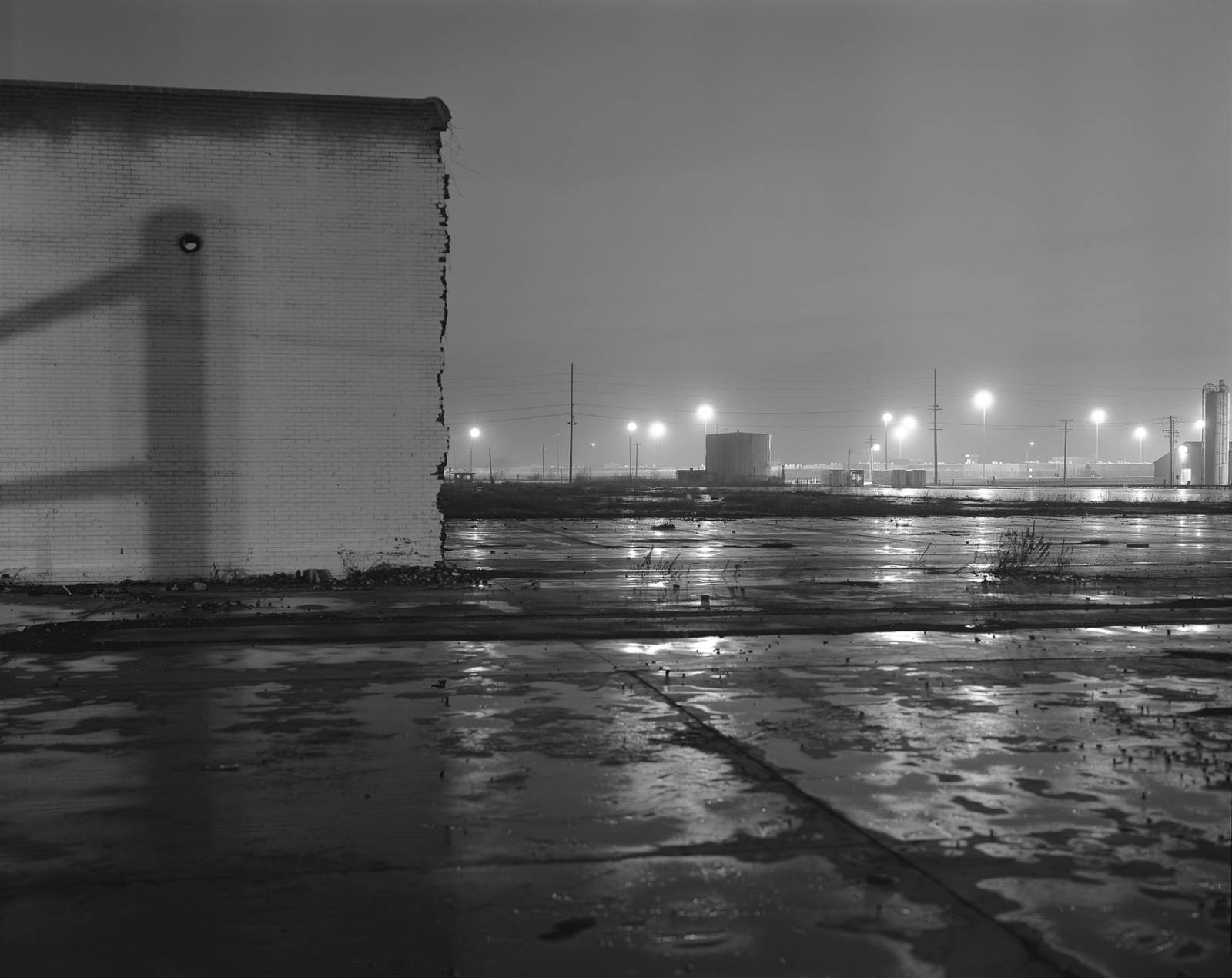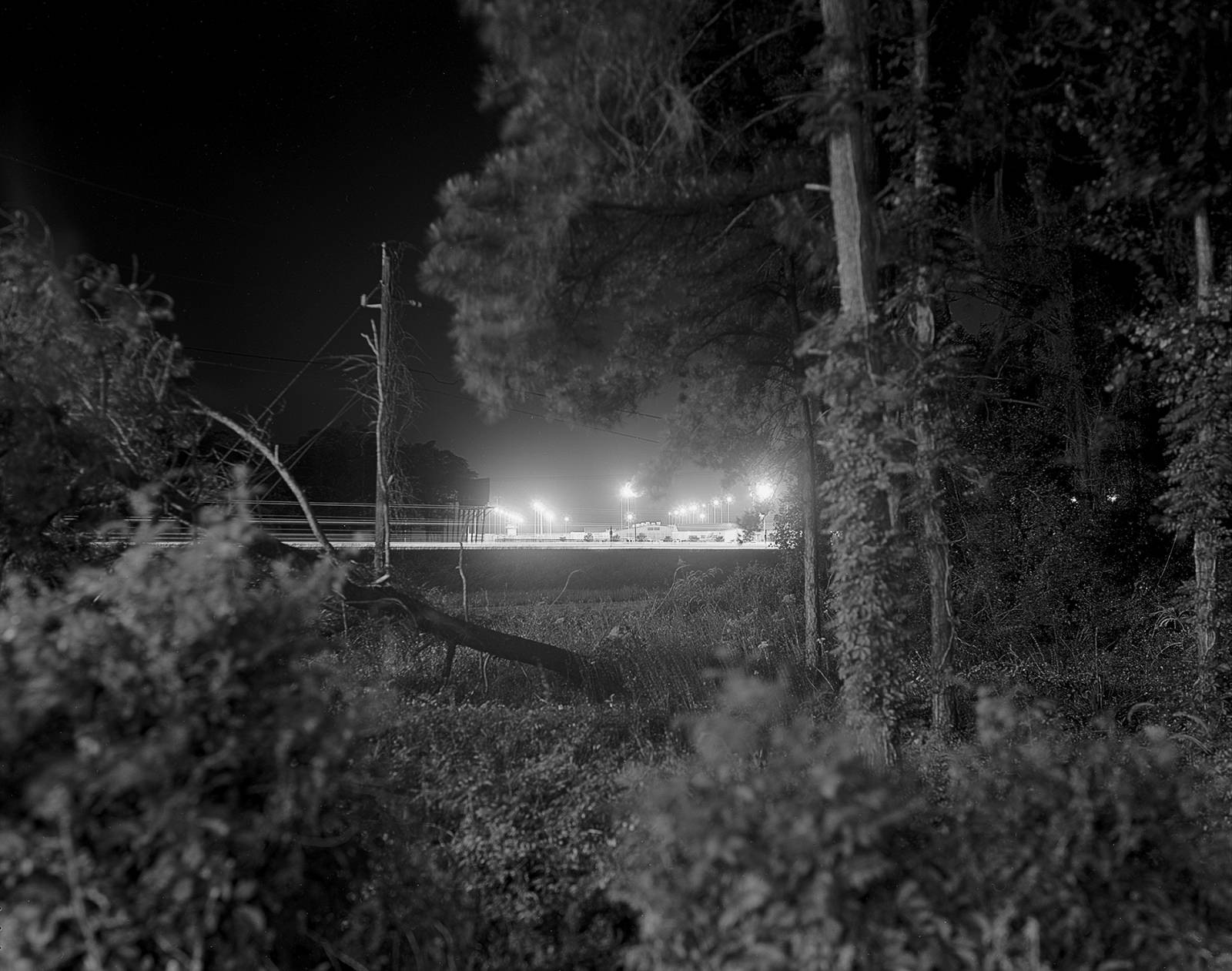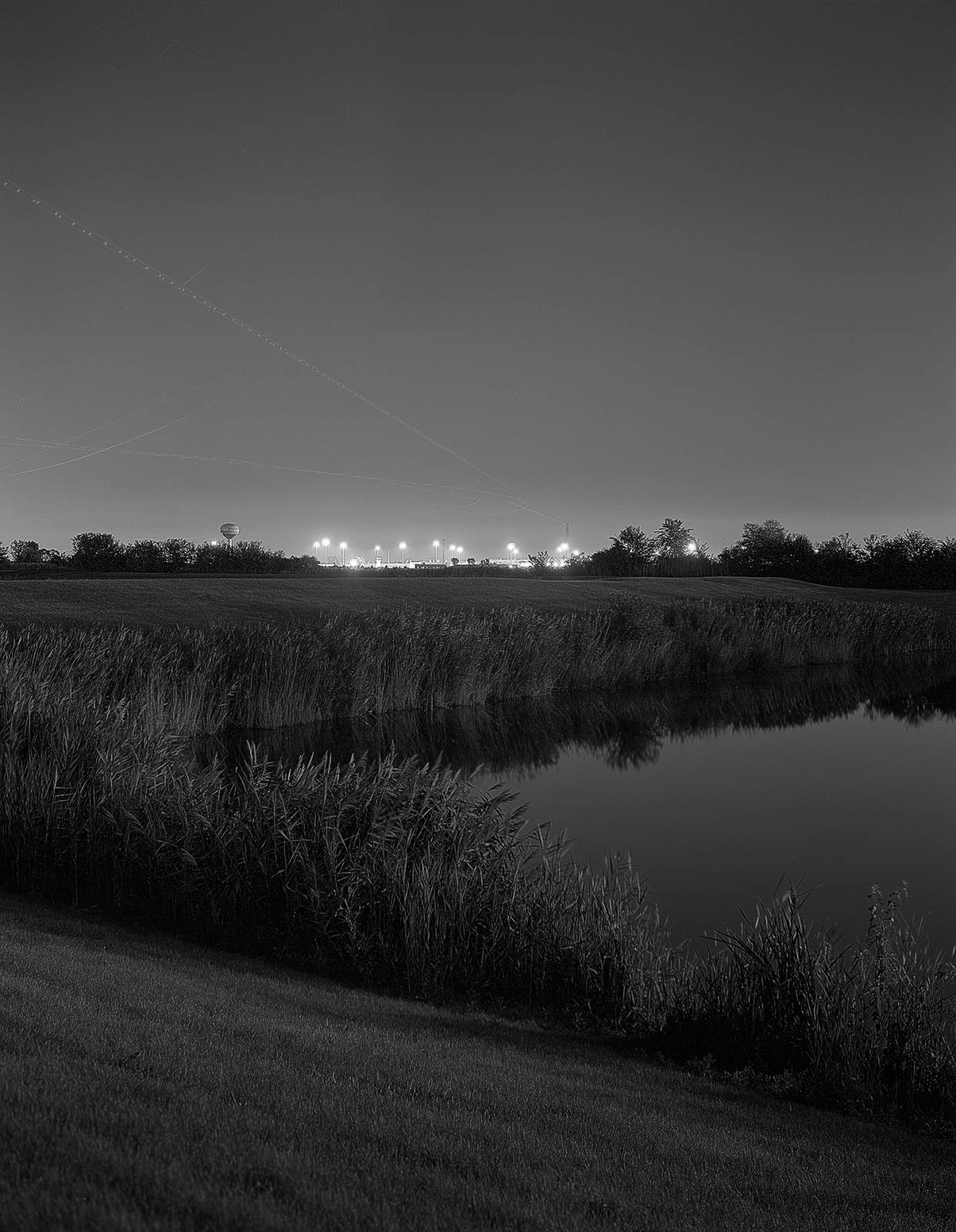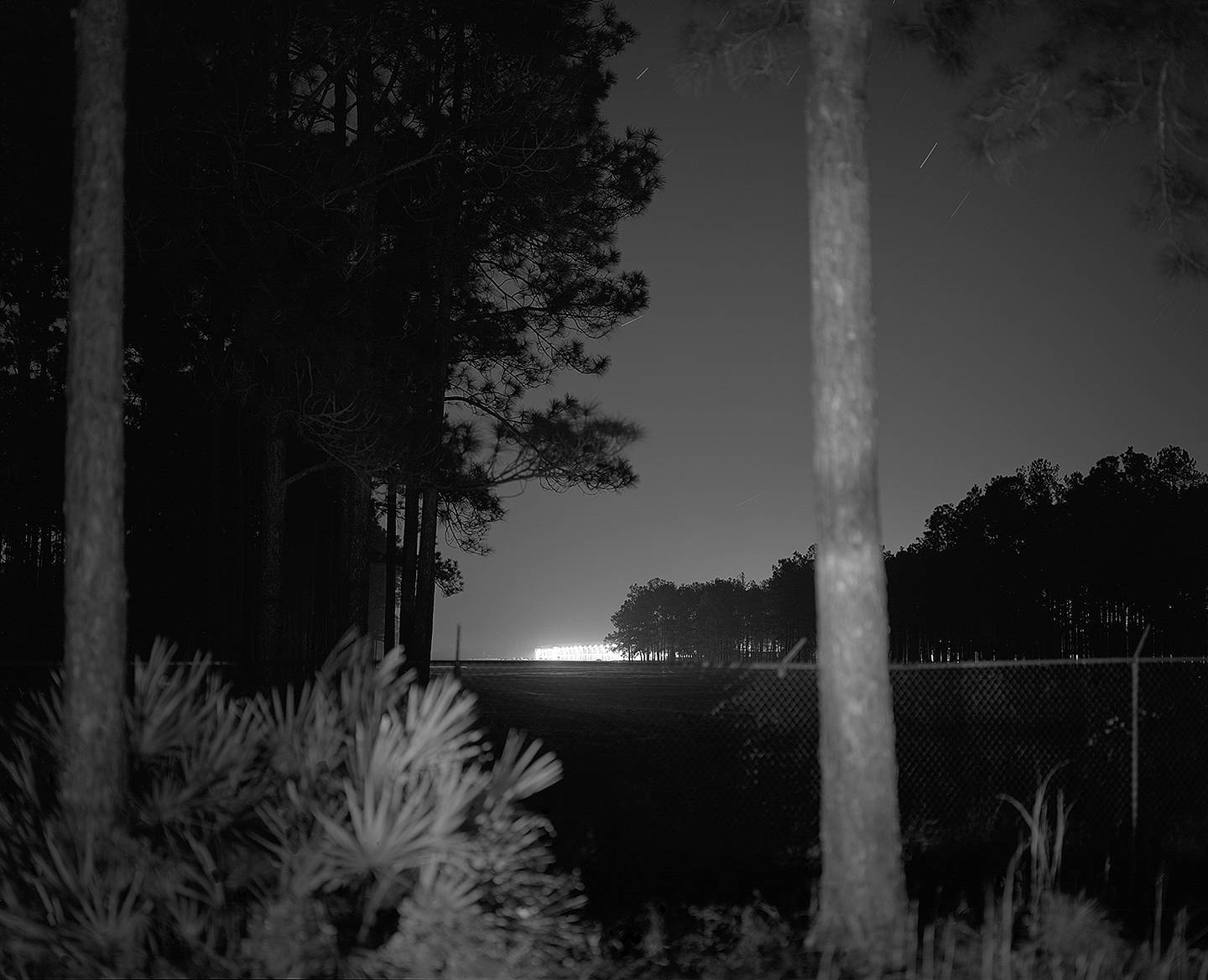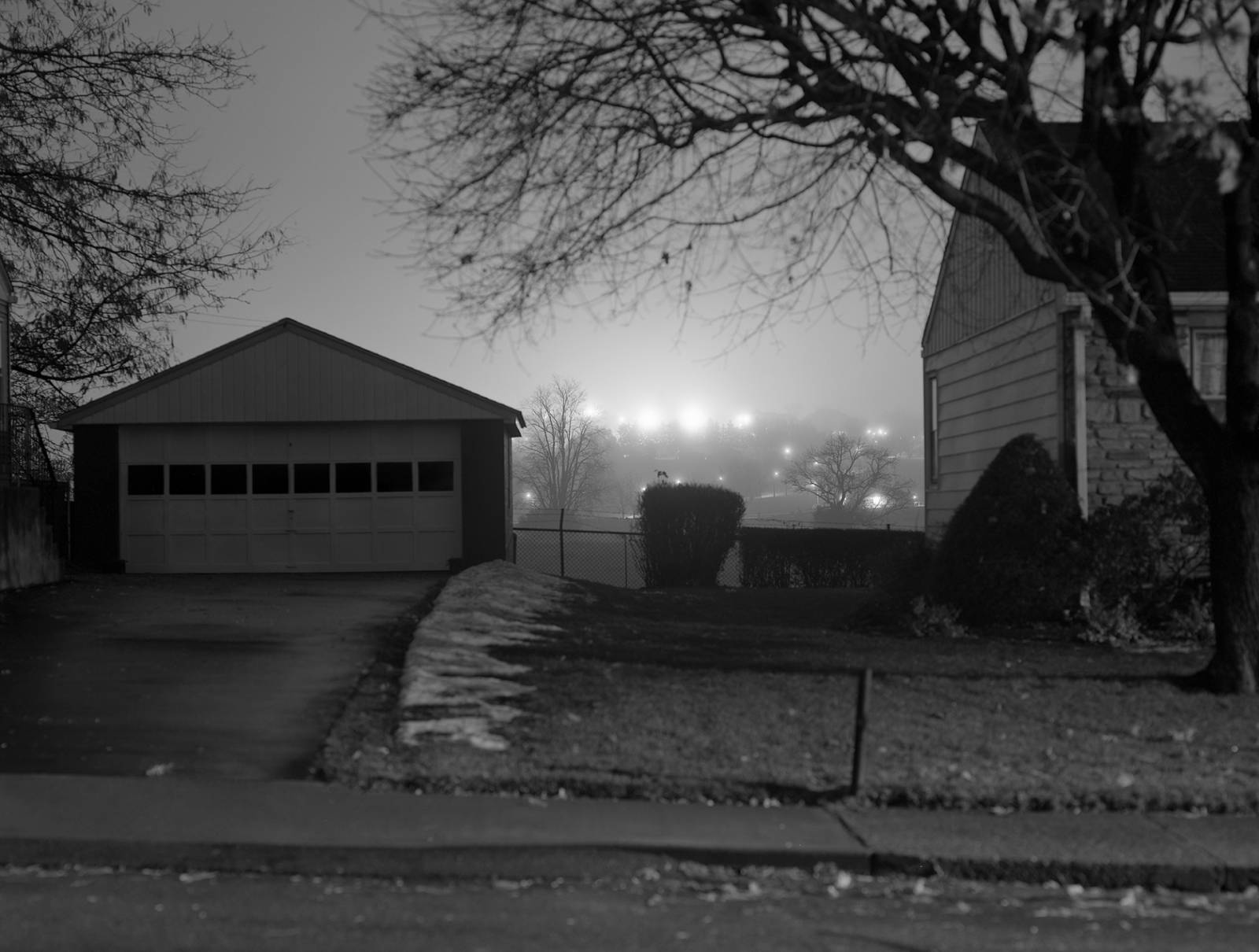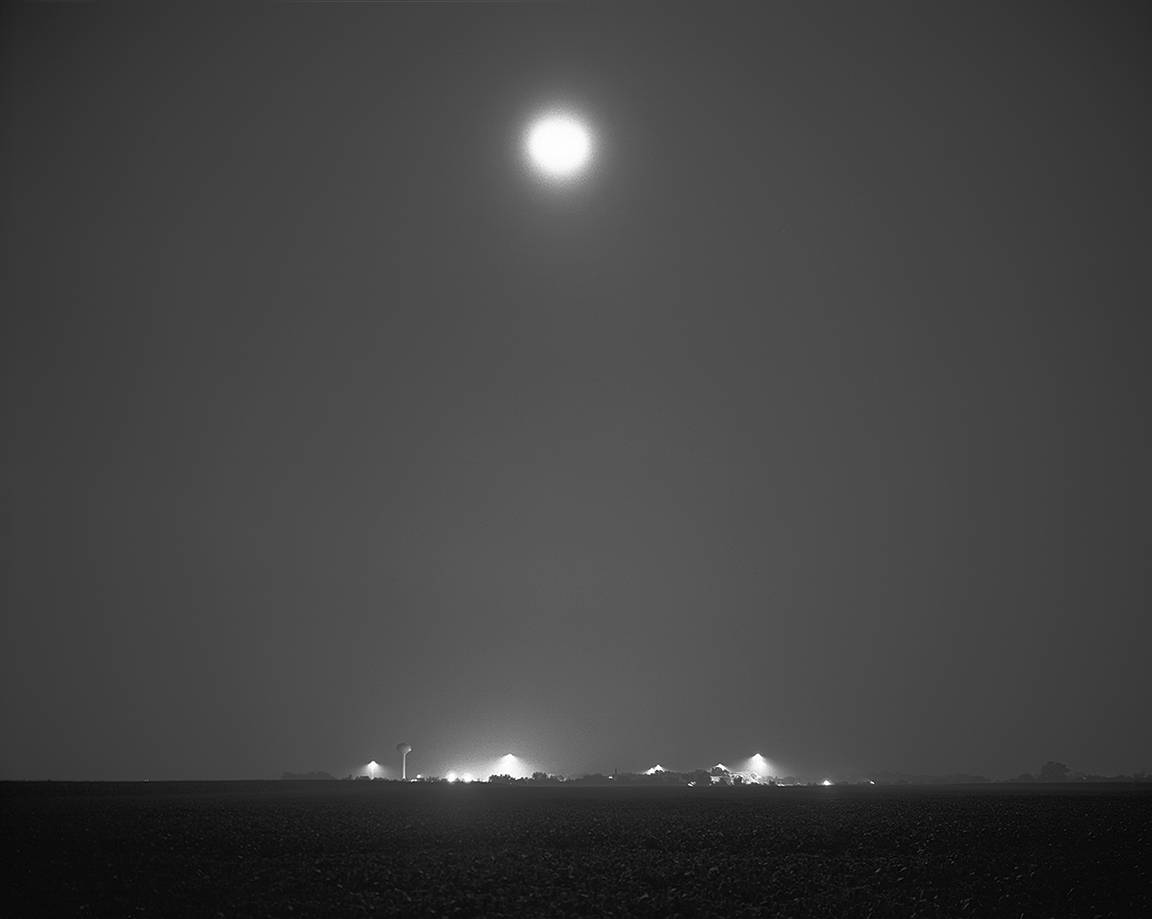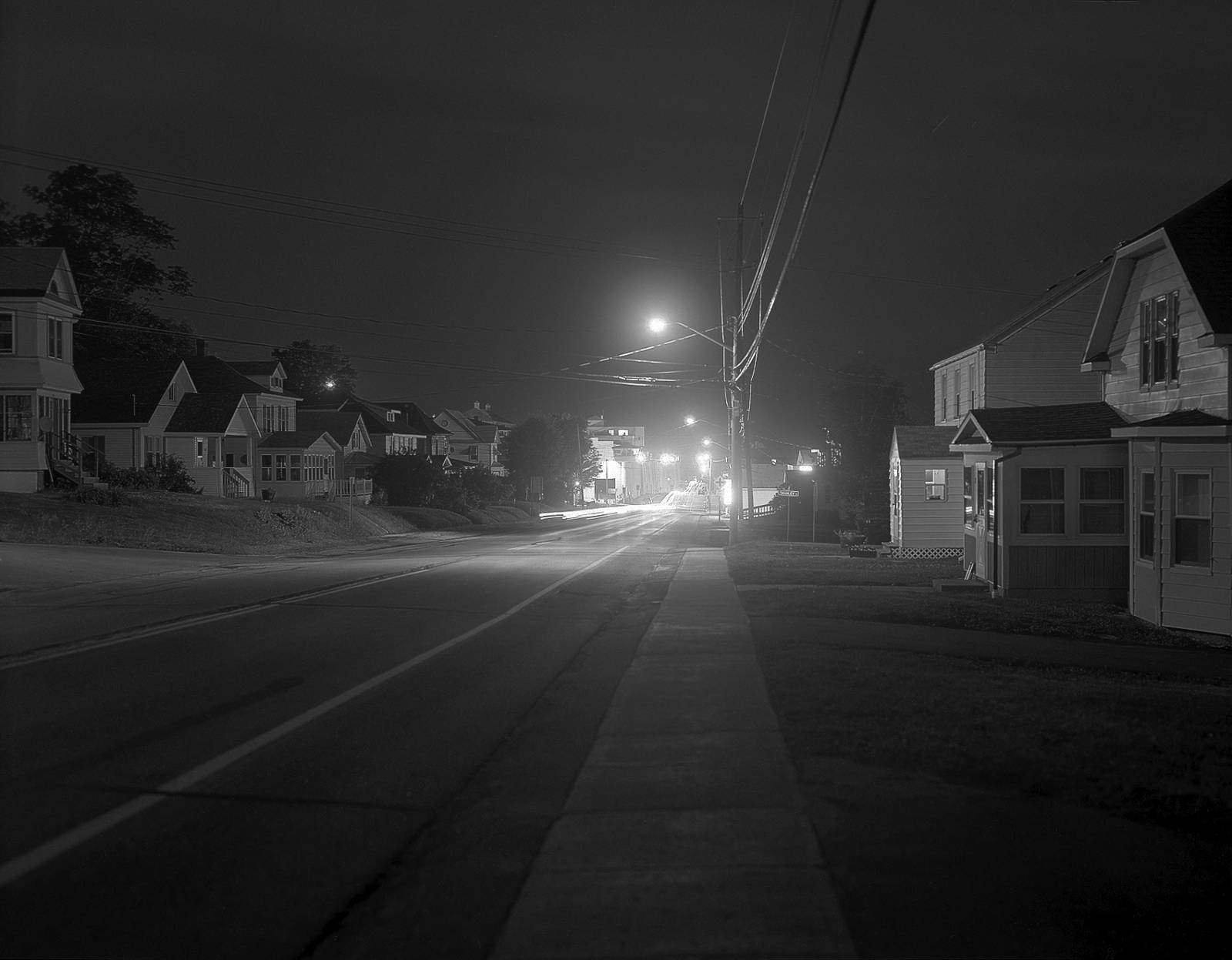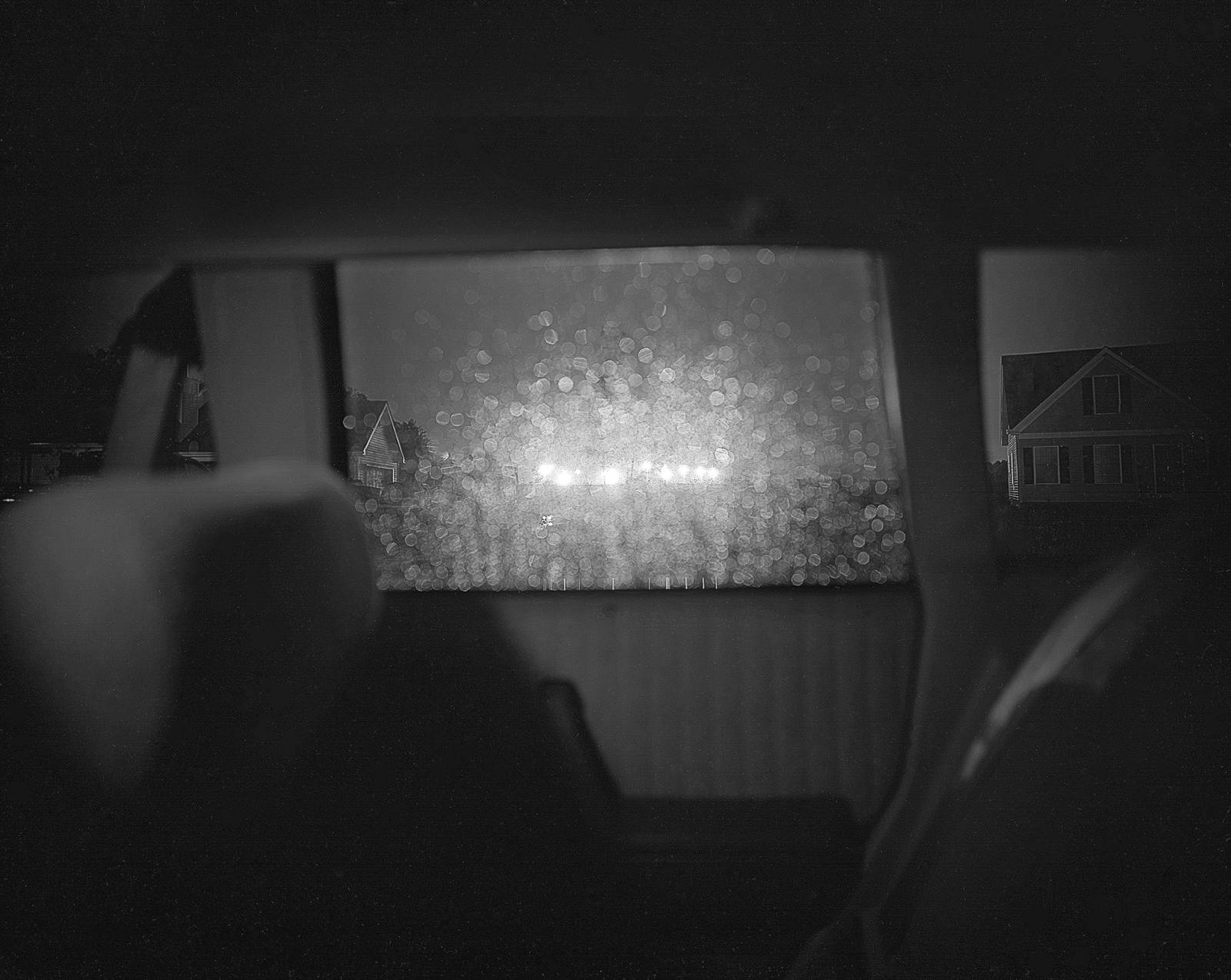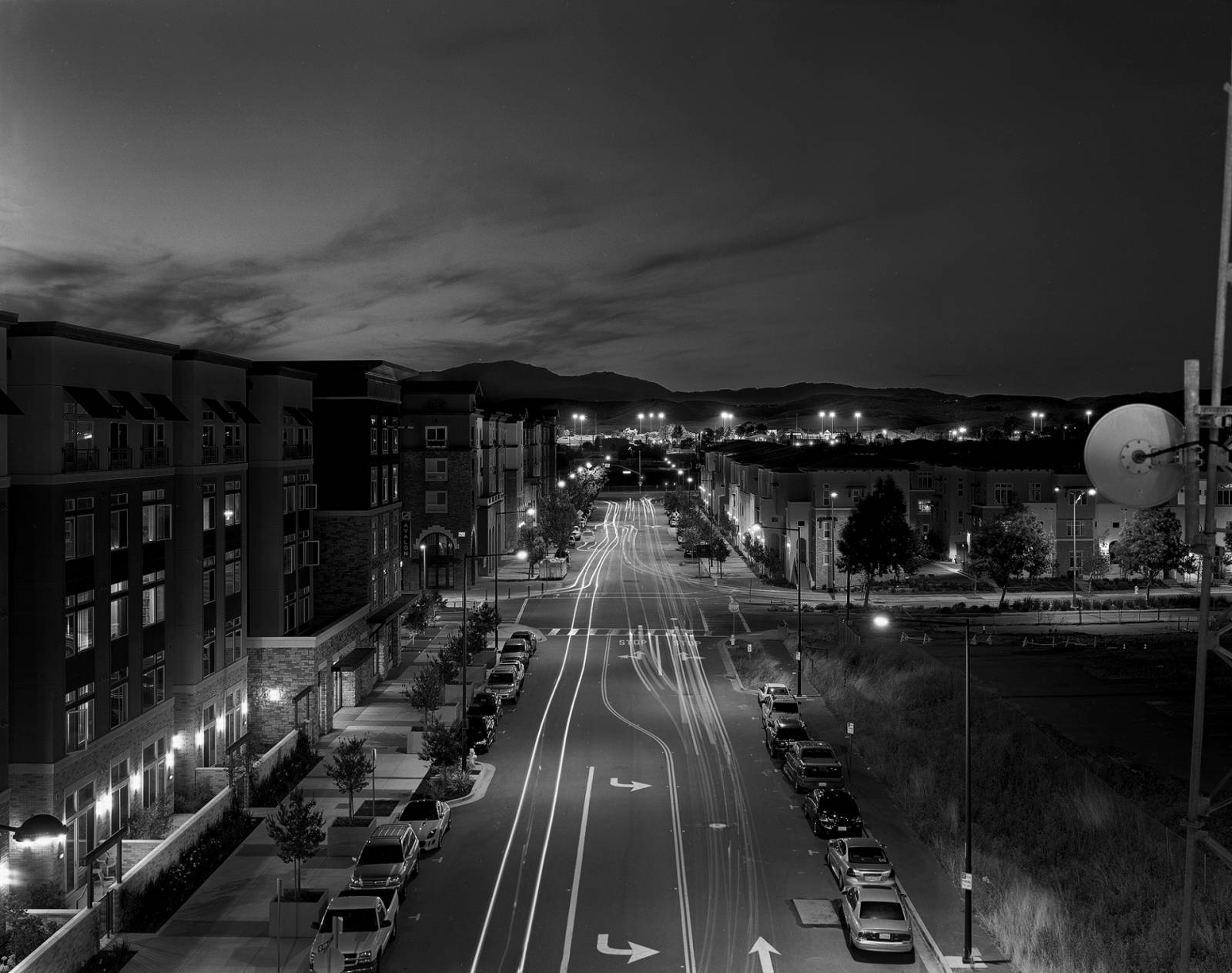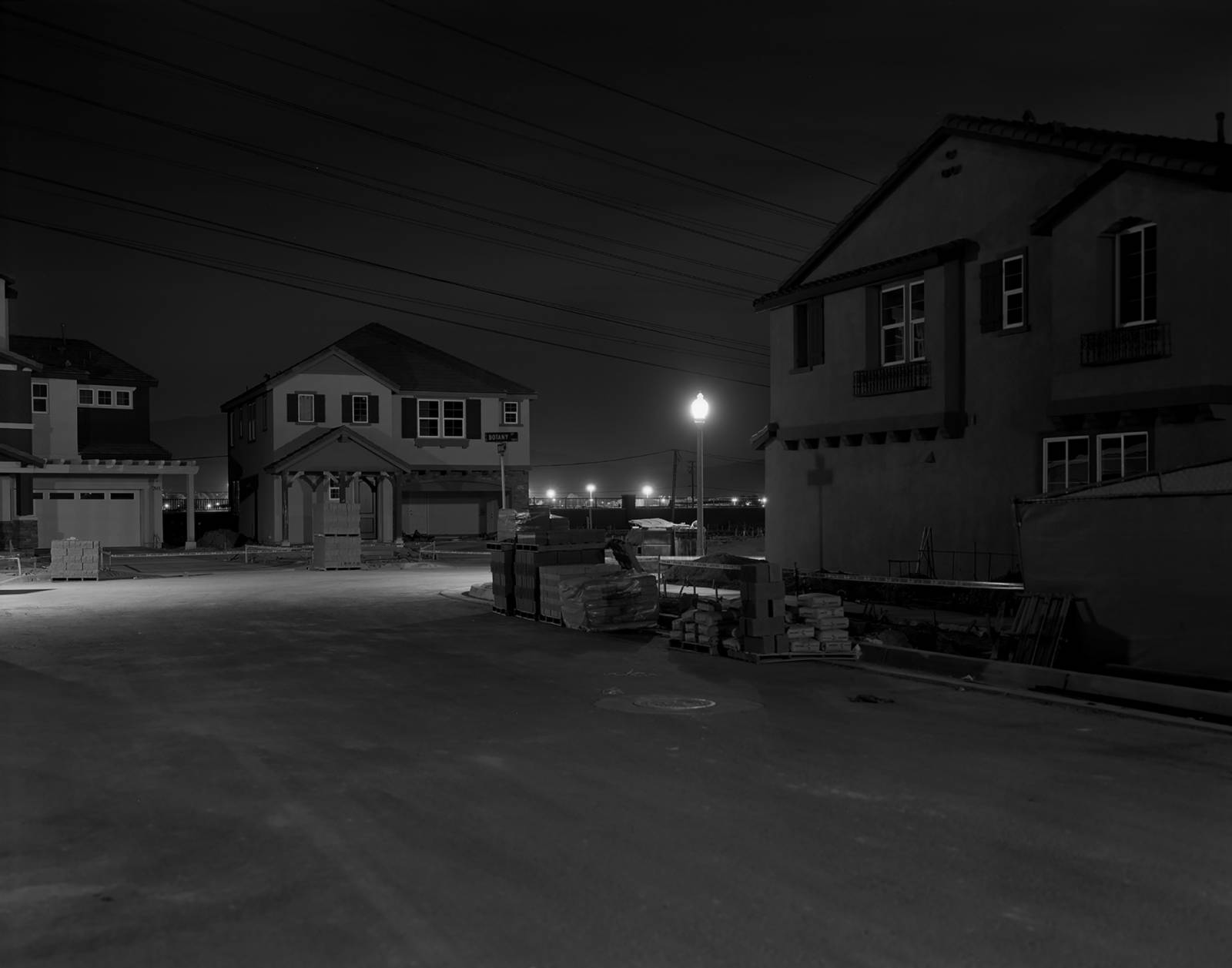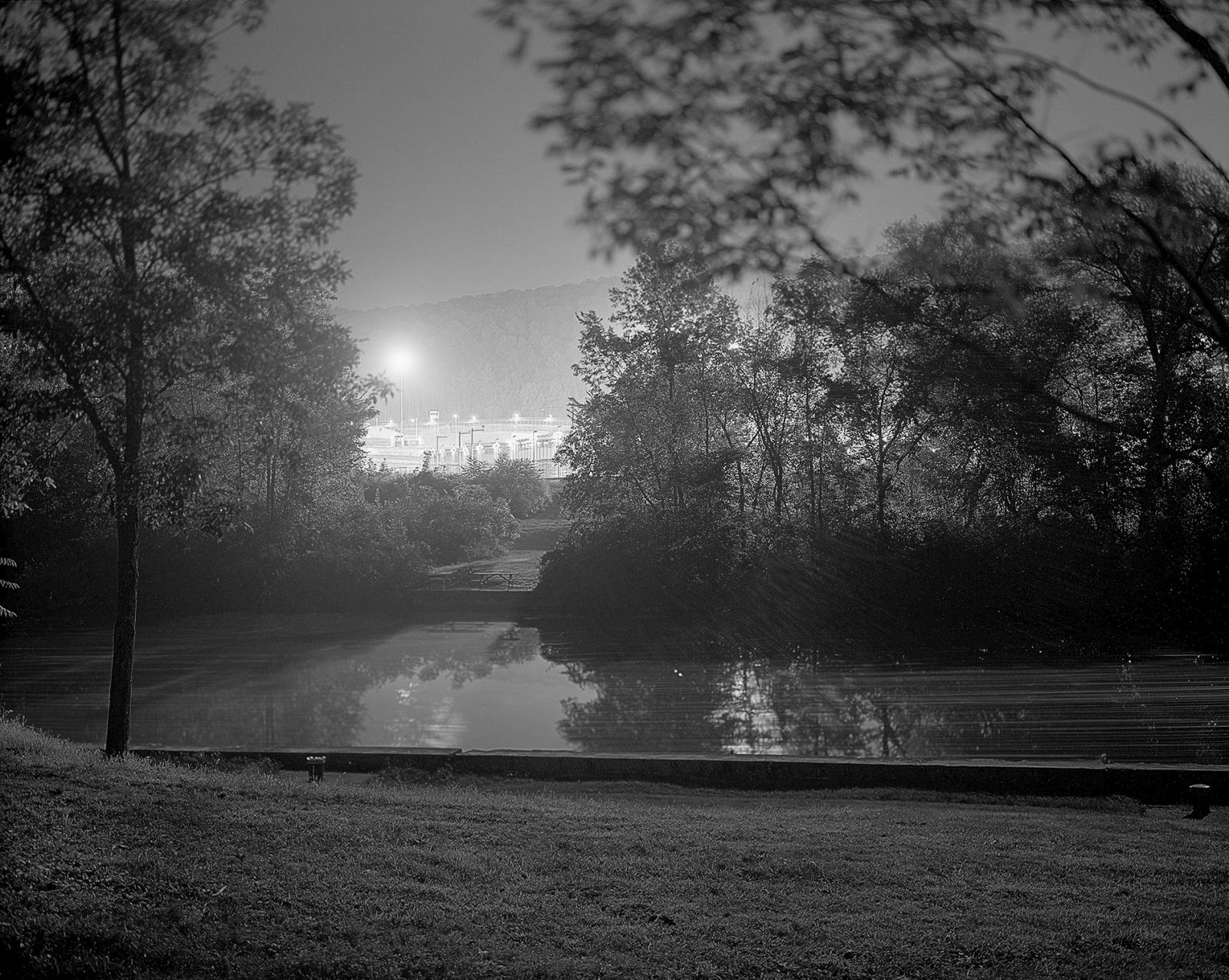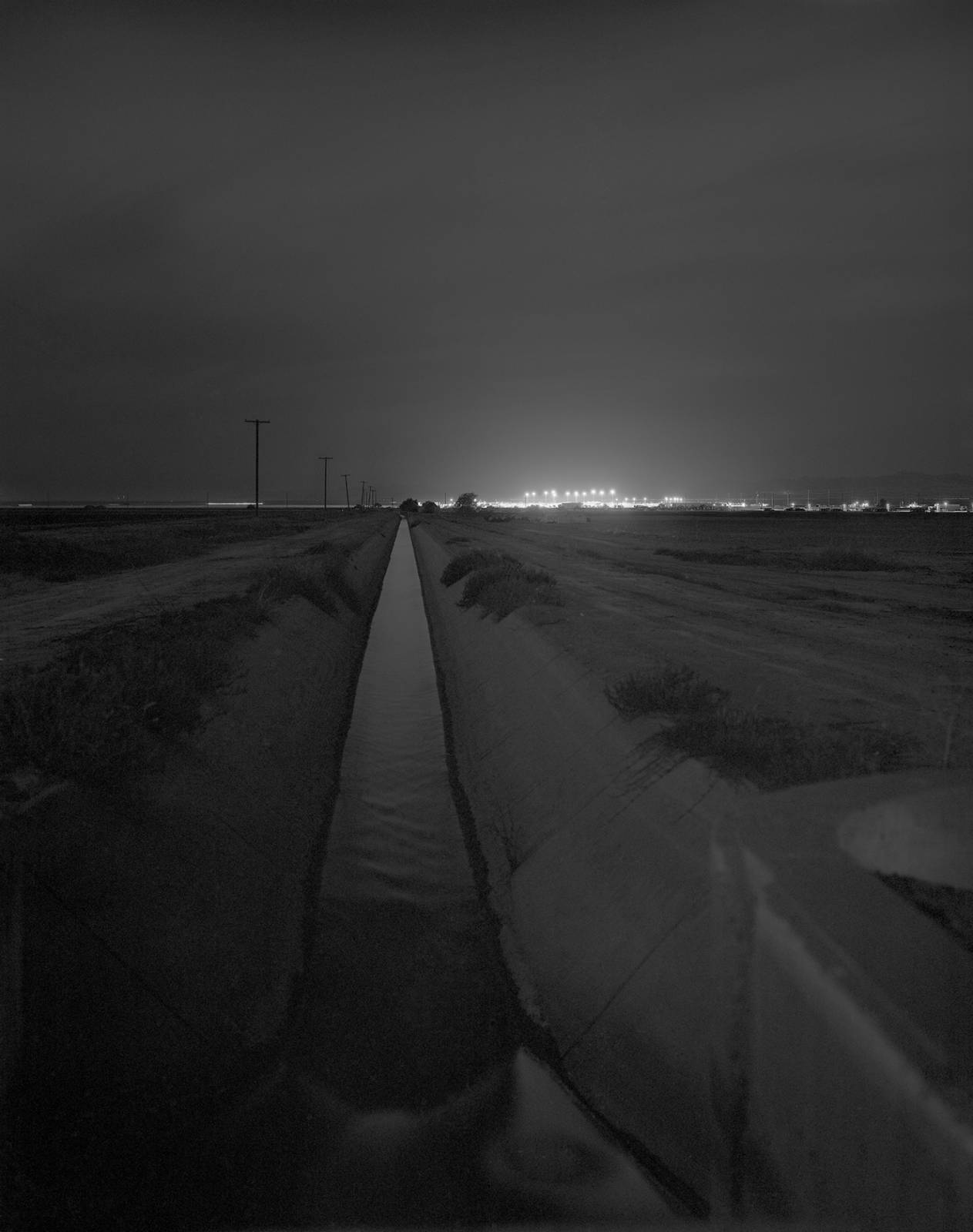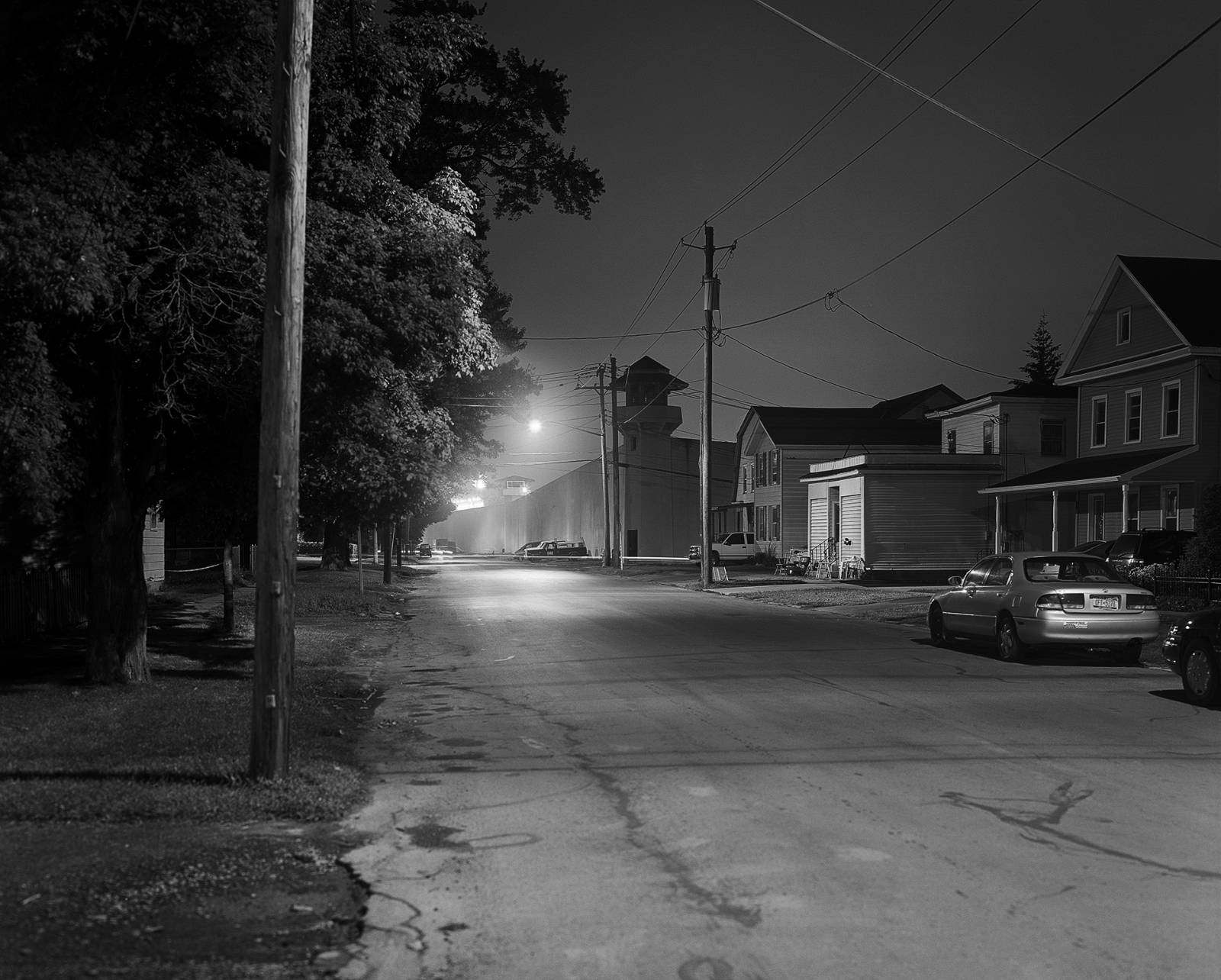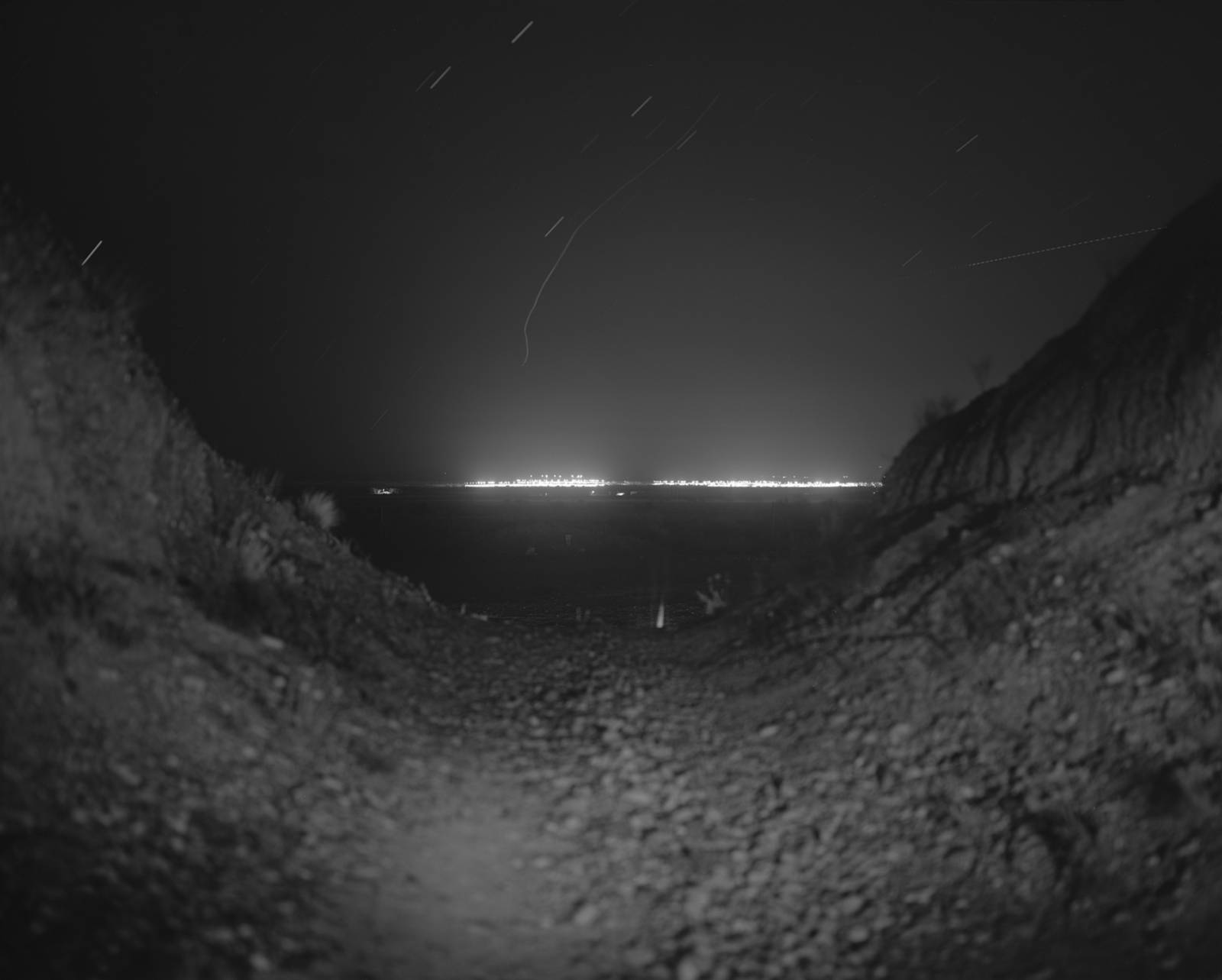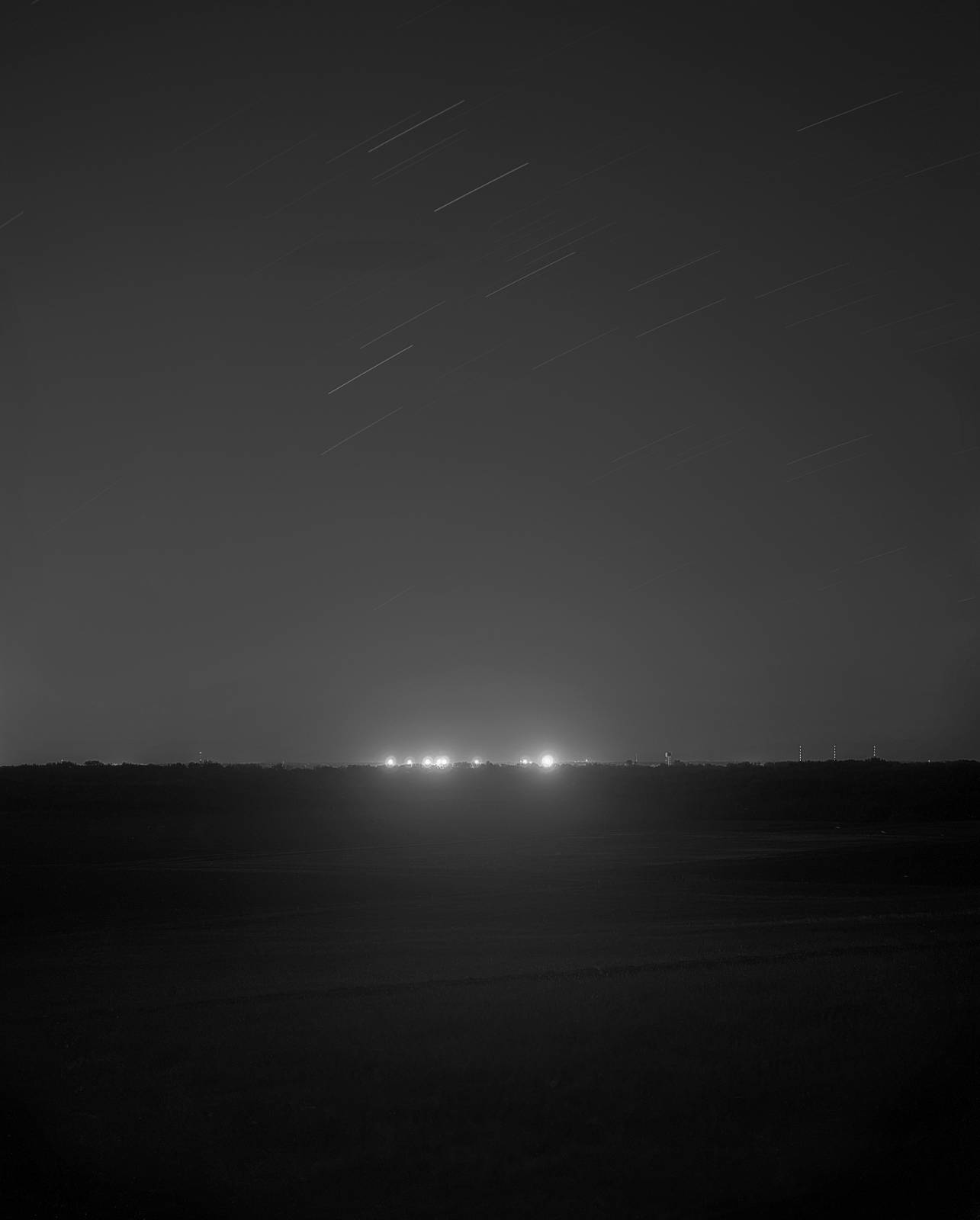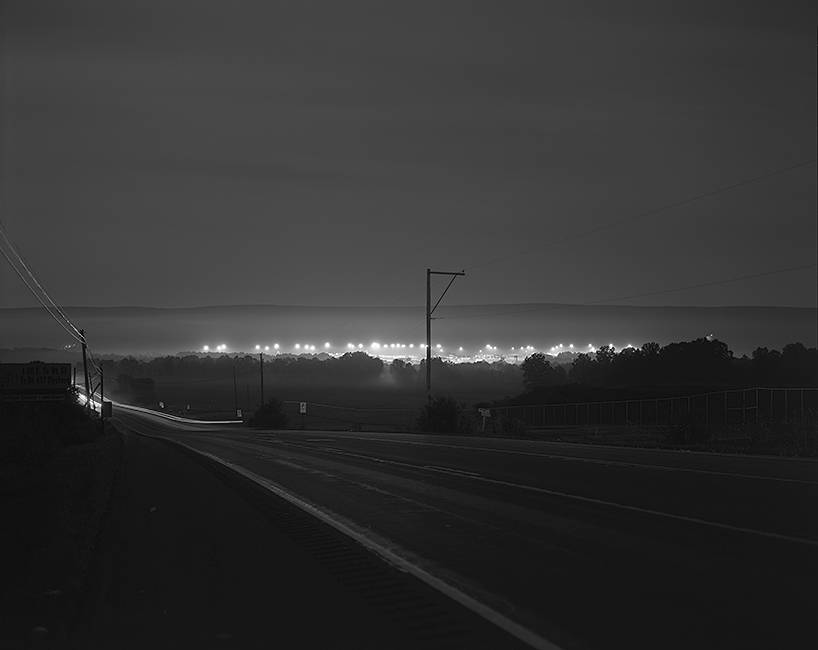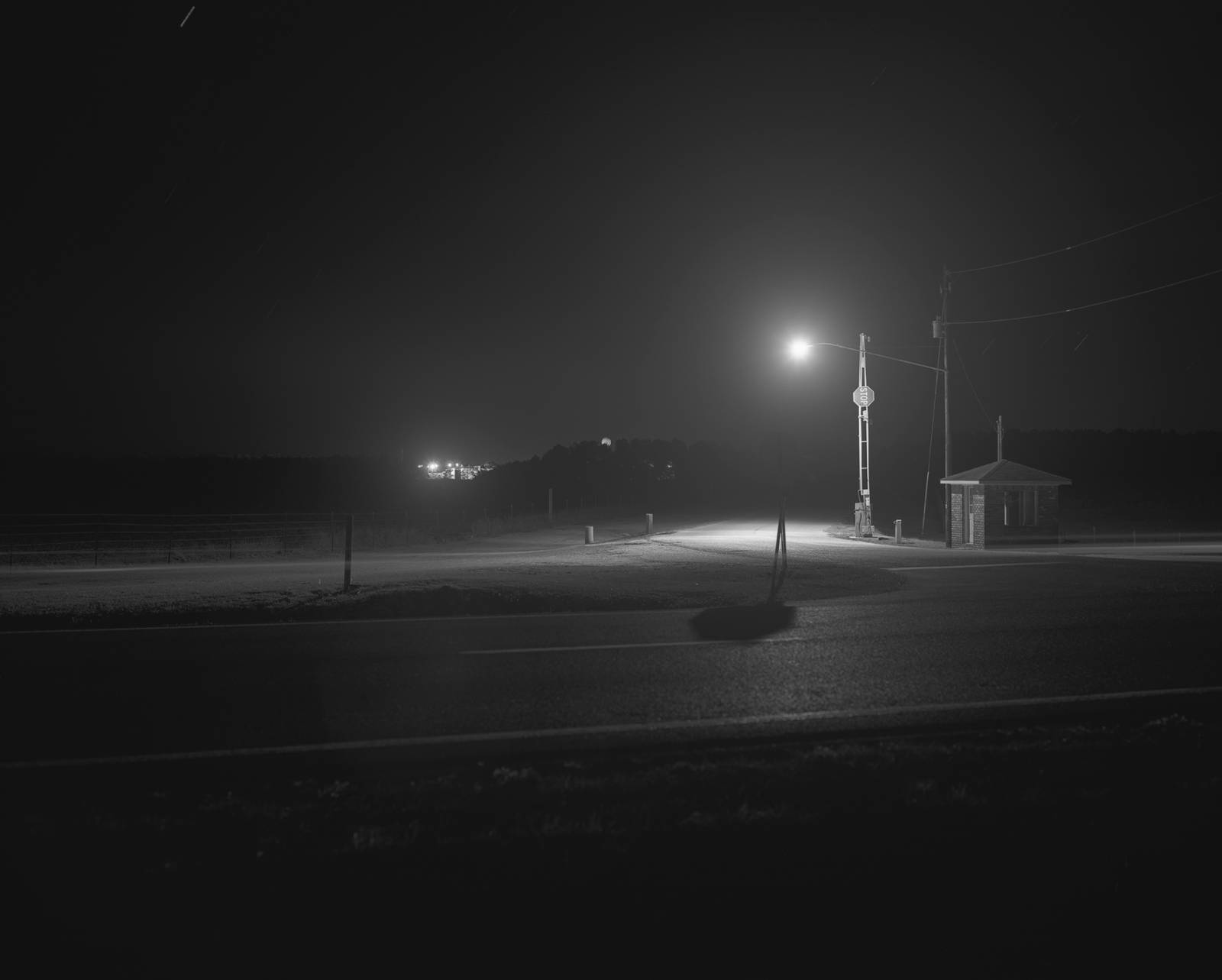I ACCIDENTALLY fell into this work; it was not something that I had a clear plan for or path to follow. I feel it started to germinate from my early childhood, where I grew up living on the grounds of a large state psychiatric research hospital in Illinois, where my father was the director. We grew up in an institutional environment as part of normal everyday life in our family.
As funds for social services began to be cut, support for the hospital slowly diminished and it eventually closed down. The town suffered the loss of jobs from this closure as well as many manufacturing operations that started disappearing during the 1980s.
Like many people, I considered the world of incarceration as something pushed to one’s periphery, until a prison was built in my childhood hometown in Illinois.
This new state prison was proposed and built in our town as hedge against lost jobs for the community. On a visit home, when my father picked me up from the airport, I noticed the lights of the new prison on the horizon. As a photographer, I was struck by how they changed the horizon at night when illuminated. My visual curiosity was piqued but my education was just beginning. My father told me that many of his former patients that had lost their care had ultimately ended up in this prison and many others like it built in rural Illinois.
I began to notice other prisons, especially after dark when they broadcast their location through the use of surveillance and lighting. Some had been converted from state psychiatric hospitals into prisons. Most were springing up in towns that were suffering economically, and were being filled with those the courts sent there from other economically challenged communities.
The enactment of strict sentencing laws coupled with a declining investment in social services and education in the U.S. has resulted in an explosion in the prison population in this country.
The lack of humanitarian social investment is a main contributor to this increase, impacting disproportionately those most vulnerable through color and class divisions.
My exploration began in my hometown and prompted the activist side of me to get involved. The architecture of many of these prisons is similar in design, so where they sit in the landscape is important.
The different laws state by state evoke an extended boundary culture beyond the walls of the prison itself. I see the light which is designed to confine escaping the boundaries of the prison, while the human population remains inside. This light reflects back on the society that builds these institutions like an echo.
I use film and an 8x10 view camera in my work. The long exposures and difficulty in accessing prison sites offer many logistical challenges. I hope that stripping the image down to mostly light and shadow will entice viewers to engage their own imagination about these places, rather than averting their eyes and ignoring them.
Stephen Tourlentes
